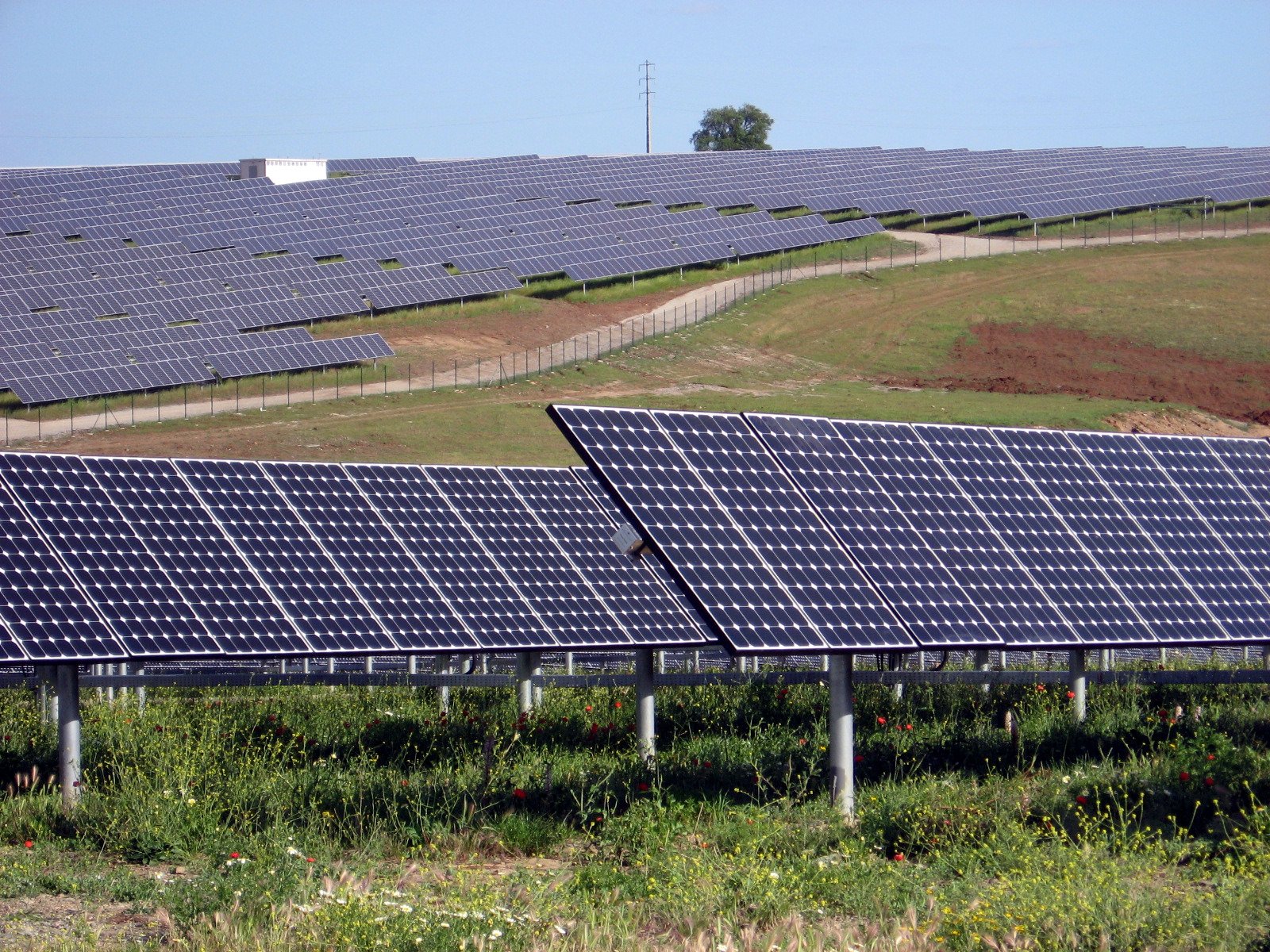-
Posts
887 -
Joined
-
Last visited
About dtarin
- Currently Viewing Topic: Import SCENE from CAD
Recent Profile Visitors
36416 profile views
-
dtarin started following Partition Definition in 3D Scene with 2-Portrait Trackers , Measured RPOA Equivalent , DC Ohmic losses in different countries and 7 others
-
If the sensor(s) is in front of the torque tube and other items, (GlobBak+BackShd) * 𝜑 is sometimes used. Install sensors midpoint between two piles for tracker systems.
- 7 replies
-
- irradiance
- rpoa
-
(and 5 more)
Tagged with:
-
Ohmic loss is proportional to power. Abu Dhabi has much higher irradiance compared to Berlin. Also, not sure if it is intentional, but you're simulating the 10th year of operation. If unintended, be sure to set it to year 1 on the degradation tab. Ohmic losses - PVsyst documentation
-
This looks like an AI bot or something...
-
Still present in 8.0.16, don't see mention of correction in 8.0.17 or 8.0.18 release notes.
-
You are modeling "detailed according to module layout". You need to place these modules in the tables in the module layout menu. Select "according to module strings" and it will use the shade scene as it has been provided. The total area of the shade scene is relatively close to the pv system.
-
After writing that, perhaps the issue is that your prj file itself is missing the .SIT information, in which case manual creation might be the solution.
-
You can always create one from notepad just to get it loaded or extract the site information from the .prj file. Look for the following (and remove the text after the underscore). Some changes will need to be made; I think you just need to add the version below the "Comment=..." line. If you're creating from scratch, I think the main things you need are coordinates, altitude, timezone. The meteo data that is contained in the site file is not used in simulation. PVObject_SitePrj=pvSite .... .... End of PVObject pvSite
-
Hello, It would be great if we could specify .SHD files in batch simulations.
-
Will the Perez-Driesse model be included as an option in the future?
-
Electrical shading loss has been around for a long time. It is likely the 7.2 report was run on linear shading, or the site was modeled perfectly flat with backtracking enabled and no shading objects present to cause electrical shading loss.
-

Representation of gaps along tracker when using PVcase scenes
dtarin replied to LauraH's topic in Shadings and tracking
You can change the settings for both types of messages. The shade scene module count has no impact on simulation results. -

Partition Definition in 3D Scene with 2-Portrait Trackers
dtarin replied to Alessia's topic in Shadings and tracking
2x28 = 4 vertical, 1 horizontal for half-cell module -
norm.inv(Pxx,0,1). P99 is 2.33, not 2.35
-
Cannot get custom tracker to save in v8.0.12. Once shade scene is exited, it remains all trackers.


